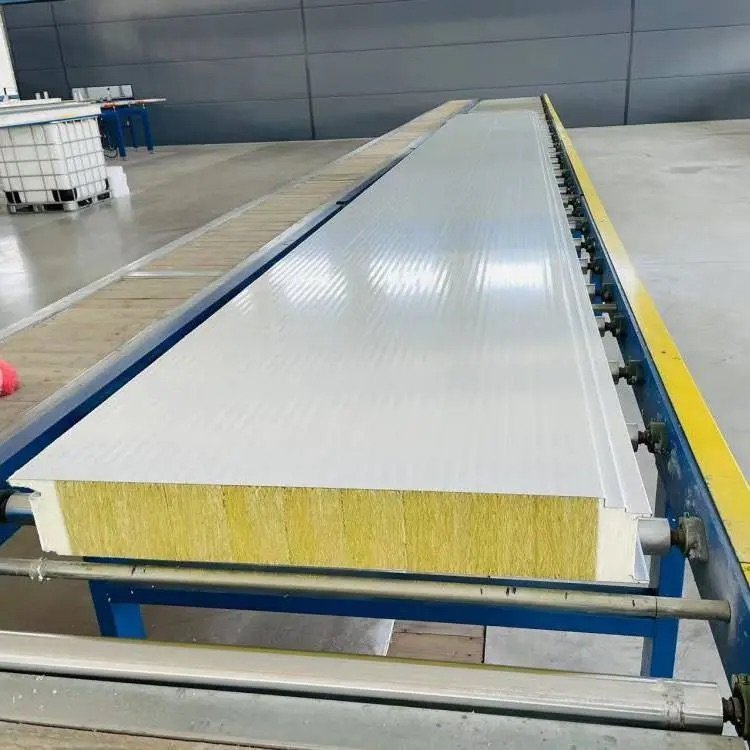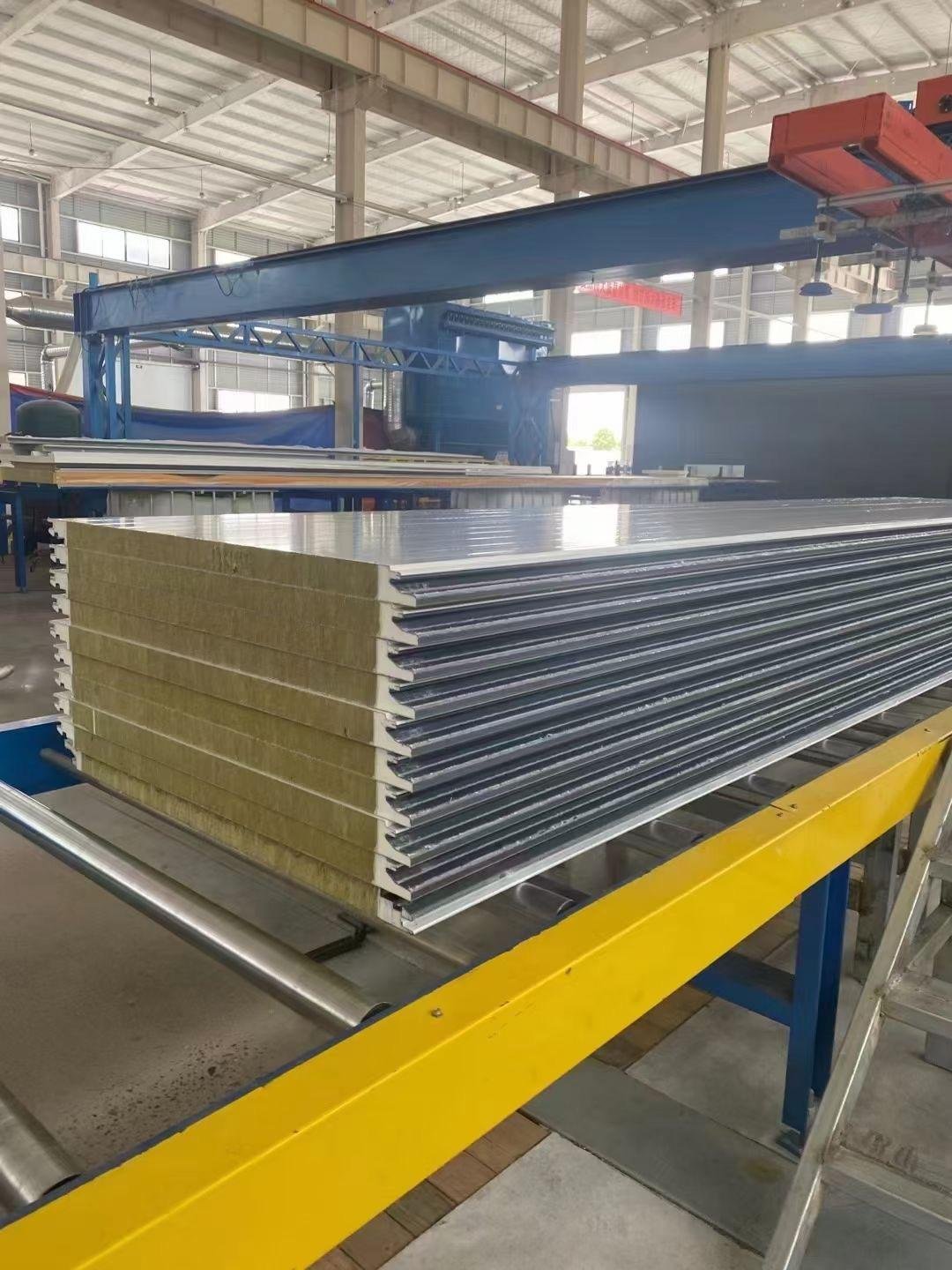
Understanding the disadvantage of a PU sandwich panel is important for building. These panels usually cost more than other materials. They can soak up water, causing insulation problems and damage. Additionally, their foam cores might not resist fire well, which poses safety risks. Fixing broken parts is hard, making the use of these panels tricky.
Key Takeaways
PU sandwich panels cost a lot because of pricey materials and special production. Cheaper options like EPS or Rockwool panels might be better.
These panels can get damaged by water, causing expensive fixes and weaker insulation. Check them often to keep them in good shape.
Fire safety is a big issue with PU panels. Their flammable center can spread fire, so they aren’t good for buildings needing strong fire safety.
Cost-Related Disadvantages
High Initial Costs
PU sandwich panels cost a lot at the start. They use high-quality materials like polyurethane and need special manufacturing. This makes them pricier than EPS or Rockwool panels. Custom sizes or finishes can make them even more expensive. For smaller projects, these costs can be a big problem.
Installing them also costs more money. Special tools and skilled workers are needed, which adds to expenses. Prices for materials like steel and aluminum can change, making planning harder. While these panels save energy, their high price may not suit tight budgets.
Expensive Maintenance and Repairs
Taking care of PU panels can cost a lot over time. Water can damage them, ruining their insulation. Fixing this often needs experts, which costs more. Unlike other materials, PU panels are hard to repair. If one breaks, you might need to replace a whole section, which takes time and money.
You also need to check them often to keep them in good shape. This regular upkeep can be costly, especially for big projects. While PU panels have many good features, their upkeep costs are a downside to think about.
Fire Resistance Problems
Fire Risks
PU sandwich panels have issues with fire safety. The outer layers might resist fire, but the core, often polyurethane, burns easily. Tests show these panels can make fires worse by spreading flames. This makes them unsafe for buildings needing strong fire protection.
Here are some fire safety standards to know:
Fire Safety Standard | What It Measures |
|---|---|
EN 13501-1 | Rates materials from A1 (safe) to F (unsafe). |
EN 13823 | Checks how flames spread and smoke forms. |
Core Material Type | Mineral wool cores resist fire better than PU ones. |
Panels with bad fire ratings can make fires more dangerous. Picking safer materials is key to reducing risks.
Fire Safety Rule Challenges
Following fire safety rules is hard with PU panels. Many codes need materials to pass strict fire tests, which PU panels often fail. Their flammable cores don’t meet standards like EN 13501-1 or ISO 13784-1. This can lead to extra costs and delays to meet rules.
“Tests prove panels with fireproof outsides but flammable insides fail. They spread fire instead of stopping it.”
Another problem is finding fire-rated PU panels. They are rare, causing project delays and higher costs. If fire safety is vital, consider mineral wool panels. They handle fire better. These problems show why PU panels may not be the best choice for building projects.
Moisture and Durability Problems
Sensitive to Water Damage
PU sandwich panels can easily get damaged by water. The polyurethane core insulates well but absorbs moisture over time. Cracks or gaps in the outer layers let water in. This reduces the panel’s ability to keep heat or cold inside. Your building may use more energy because of this.
Water damage can also harm the structure. Moisture can rust the metal layers, especially in wet areas. This makes the panels weaker and shortens their life. Regular checks are needed to spot water problems early. But these inspections cost money, making PU panels less ideal for long-term use.
Shorter Lifespan in Tough Weather
PU panels don’t last long in extreme weather. Heavy rain, high humidity, or freezing temperatures wear them out faster. Harsh weather makes the panels break down sooner than expected.
In freezing weather, trapped water freezes and expands. This creates cracks and damages the panels more. In hot, humid places, the panels might bend or come apart. These problems make PU panels less dependable in tough climates. Think about these issues when picking materials for your building project.
Design and Environmental Concerns
Limited Customization Options
PU sandwich panels are hard to customize for unique designs. They have a stiff polyurethane core between metal layers. This makes changing their shape or size difficult. If your project needs special designs, these panels may not work. Materials like aluminum honeycomb panels are easier to shape and adjust. PU panels usually come in fixed sizes and finishes. This limits creativity and may not fit specific project needs.
The way PU panels are made focuses on speed, not flexibility. Custom orders take more time and cost extra money. For projects needing unique solutions, this is a big problem. While PU panels are great for insulation, their design limits are a clear downside.
Environmental Impact and Recycling Challenges
PU sandwich panels harm the environment in several ways. They are tough to recycle because of their chemical makeup. Only about 30% of polyurethane waste gets recycled. The rest often ends up in landfills, which is bad for the planet. Making these panels can also release harmful gases. These gases hurt air quality and add to global warming.
Other materials, like Rockwool or aluminum honeycomb panels, are easier to recycle. They may cost more upfront but are better for the environment over time. Newer PU panel designs try to use eco-friendly materials and save energy. Still, recycling problems and landfill waste make PU panels less eco-friendly.
Knowing the downsides of PU sandwich panels helps in choosing materials. These panels are costly, have fire risks, and absorb moisture. They also harm the environment because recycling them is hard. Other options like EPS or Rockwool panels might work better. The table below shows how they compare:
Material Type | Insulation Ability | Cost-Friendly | Environmental Effect | Easy to Recycle |
|---|---|---|---|---|
PU Sandwich Panels | Excellent | Expensive | Disposal problems | Average |
EPS Sandwich Panels | Good | Affordable | Less harmful | Easy |
Rockwool Panels | Good | Expensive | More harmful upfront | Easy |
Aluminum Honeycomb Panels | Good | Expensive | More harmful upfront | Easy |
Think about your project needs before picking a material.
FAQ
Why are PU sandwich panels bad with fire?
The core made of polyurethane burns fast. Even if the outside resists fire, the inside can still spread flames. This makes them unsafe in places with fire risks.
What are the environmental problems with PU sandwich panels?
PU panels are tough to recycle because of their chemicals. Most are thrown away in landfills, which harms the environment and adds pollution.
What other materials can replace PU sandwich panels?
You can use Rockwool, EPS, or aluminum honeycomb panels. These are safer with fire, easier to recycle, and better for the planet than PU panels.







